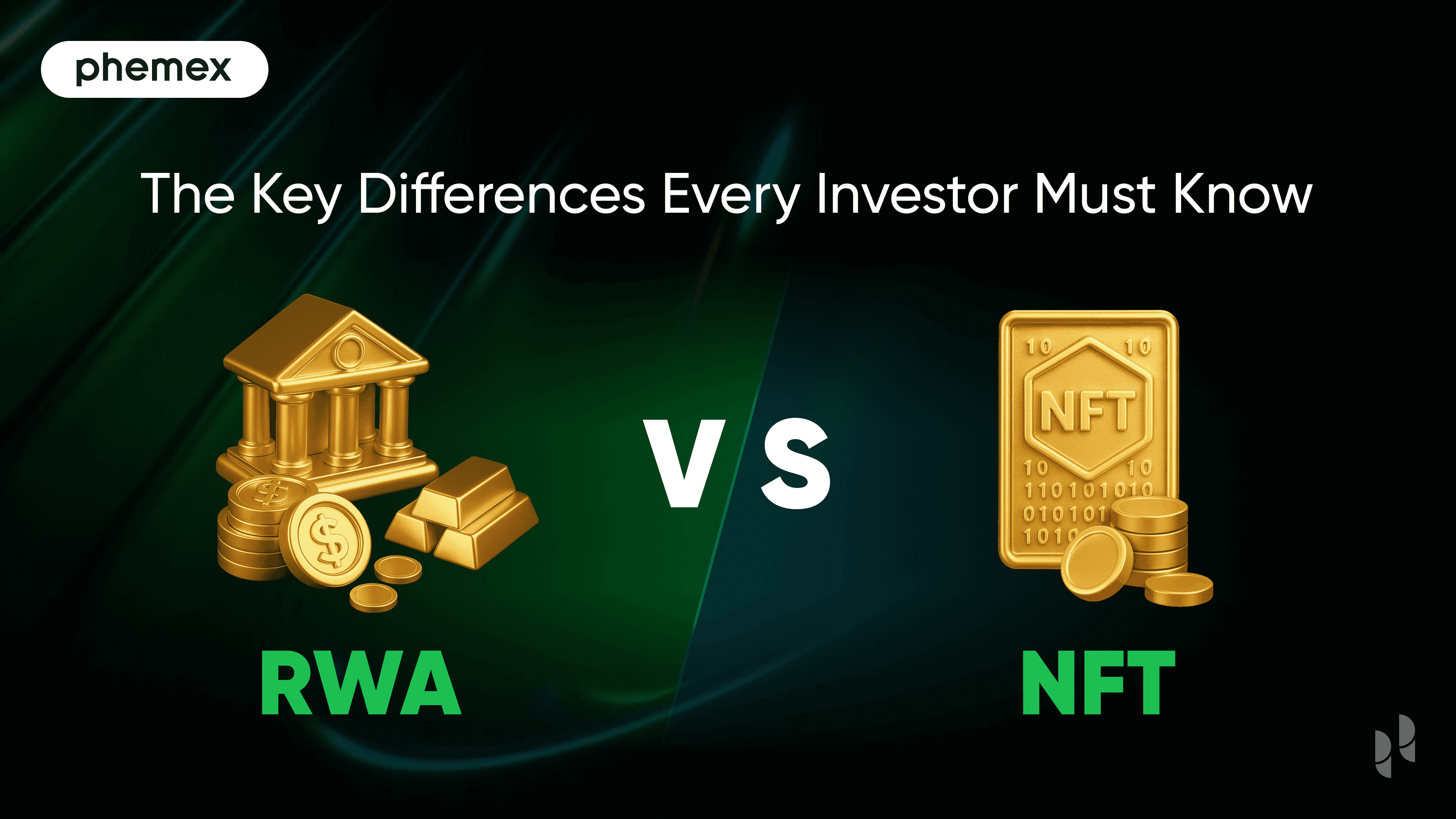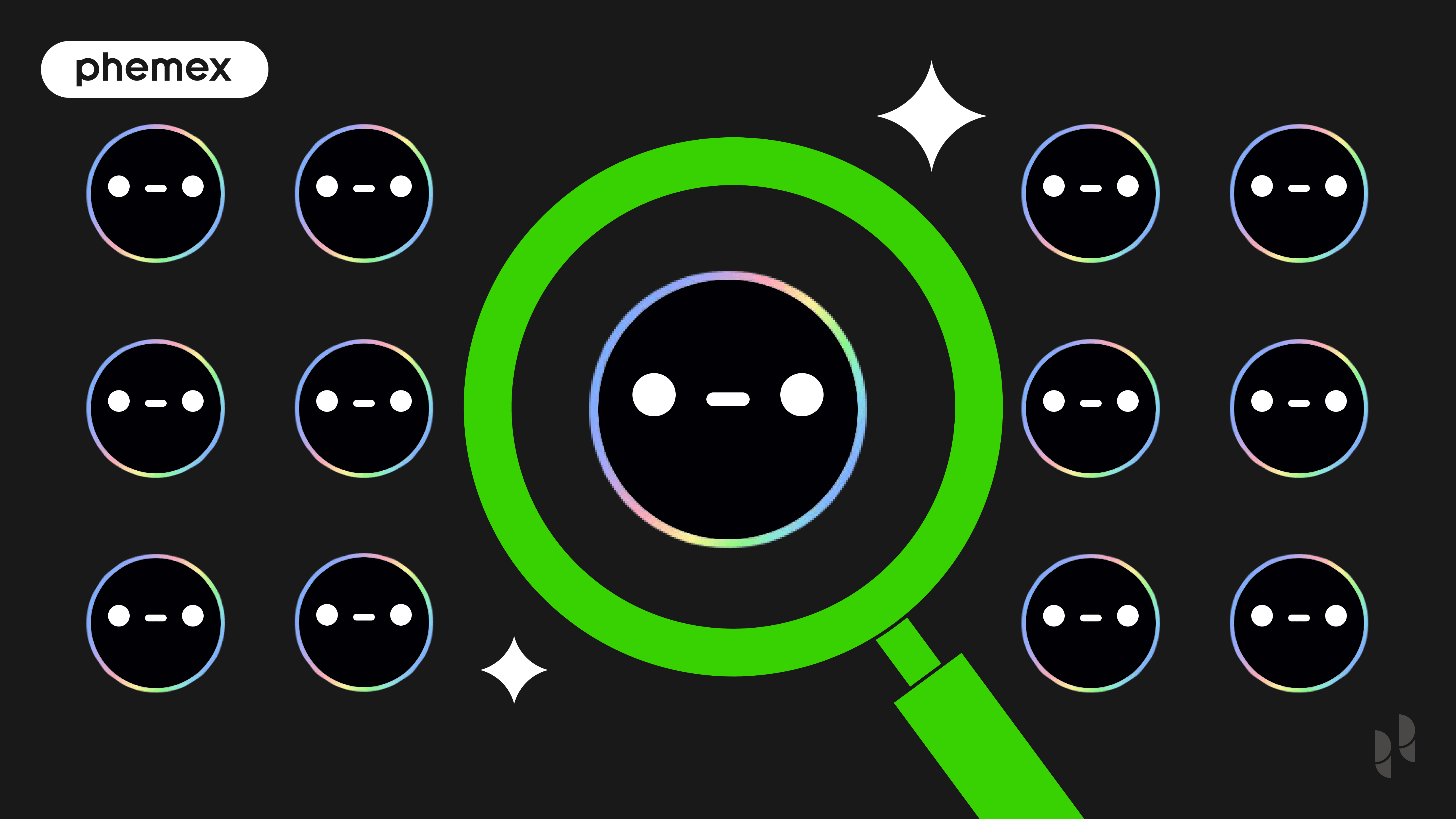What are Bitcoin Inscriptions?
Inscriptions within the Bitcoin blockchain represent a revolutionary technique for embedding diverse forms of data directly into the network. Enabled by a unique method known as ordinal inscriptions, this technology allows for the precise marking of Bitcoin's smallest units, satoshis, with distinct data, effectively transforming them into carriers of unique, digital artifacts akin to the Non-Fungible Tokens (NFTs) found on other blockchain platforms like Ethereum.
This innovation marks a notable shift from previous approaches to data incorporation within Bitcoin, moving away from the need for auxiliary tokens or sidechains to a more integrated solution. By leveraging significant network upgrades such as Segregated Witness (SegWit) and Taproot, ordinal inscriptions enrich Bitcoin's functionality, enabling the addition of complex data without necessitating major changes to the blockchain's structure or relying on external data storage mechanisms.
SegWit, for example, optimized Bitcoin's block capacity by segregating signature data from transaction data, indirectly facilitating data inscription by creating additional space within each block. Taproot further advanced Bitcoin's capabilities, introducing enhanced scripting possibilities and privacy measures that laid the groundwork for more intricate data embedding and transaction types.
The inscription process not only embeds data into the blockchain but also assigns distinct identities and information to individual satoshis, opening up a vast landscape of potential applications, from digital collectibles and artworks to tokenized assets. This direct integration with Bitcoin's infrastructure capitalizes on the network's security and decentralization, ensuring that inscribed data is as secure and reliable as any other transaction within the Bitcoin blockchain. However, as this field is still developing, the full range of implications and potential uses for inscriptions continues to evolve, driven by ongoing experimentation and innovation within the community.
How do Bitcoin Inscriptions work?
The process of inscription on the Bitcoin blockchain marks a considerable leap forward in the integration and management of data within the network, making use of ordinal theory's principles. This theory is central to the inscription process, attributing a distinct identifier to every minted satoshi, Bitcoin's minutest unit. Such a system facilitates the accurate monitoring and exchange of these satoshis, alongside any data they carry.
Data added via inscription is contained within a structure referred to as an "envelope," situated in the transaction's witness section. This section, a construct brought forth by the Segregated Witness (SegWit) upgrade, allocates a specialized area for data storage linked to transactions, distinct from the main transactional body. The introduction of SegWit significantly contributed to improving Bitcoin's scalability and operational efficiency by segregating the transaction's signature data from its inputs and outputs, thus maximizing the space each block can utilize.
This inscription methodology capitalizes on the expanded block size limits and improved data storage rates made possible by SegWit. It permits the inclusion of a substantially larger quantity of data within Bitcoin transactions than previous methods, such as OP_RETURN, which allows for embedding limited data on the blockchain but falls short in terms of capacity and efficiency for larger data needs.
As a result, inscriptions enable the embedding of a detailed array of digital artifacts on the Bitcoin blockchain, diversifying the ecosystem with a wide variety of data without altering the blockchain's foundational functions or principles. This approach upholds Bitcoin's integrity and decentralized nature, paving the way for innovative digital expression and asset creation securely within Bitcoin's immutable structure.
The advantage of Bitcoin Inscriptions
The introduction of inscriptions to the Bitcoin blockchain signifies a revolutionary step in the realm of digital assets, offering a plethora of advantages that enhance the blockchain's functionality well beyond its original purpose. Central to this innovation is the capacity to directly embed and transfer digital artifacts, similar to NFTs, within the Bitcoin network itself. This integration leverages Bitcoin's unparalleled security and its broad, established user base, eliminating the need for external layers or separate token mechanisms that are commonly seen on other blockchain platforms.
Inscriptions facilitate a wide array of asset creation and ownership opportunities on the Bitcoin blockchain, enabling the development of everything from digital art and collectibles to more intricate asset types. This capability significantly enriches the Bitcoin ecosystem, offering both creators and users new avenues for value creation and exchange within a secure, decentralized environment. Directly embedding digital artifacts into the Bitcoin ledger not only broadens the blockchain's utility but also maintains its fundamental principles of integrity and decentralization, ensuring that such advancements complement rather than compromise the blockchain's core attributes.
A key component of the inscription process is the application of ordinal theory, which assigns each satoshi a unique identifier. This approach allows for the detailed tracking and transferring of individual Bitcoin units and their associated data, introducing an unprecedented level of precision in digital asset management. This innovative aspect of asset tracking and transferability unlocks new possibilities for digital ownership, providing a comprehensive and verifiable record of asset provenance and transaction history that was previously unachievable.
Overall, the advent of inscriptions on the Bitcoin blockchain marks a significant progression in the development of digital assets, enabling the direct creation, management, and transfer of NFT-like artifacts within Bitcoin's ecosystem. By drawing on the inherent strengths of the Bitcoin blockchain, inscriptions spur innovation and broaden the scope of possibilities within the digital asset sphere, enhancing Bitcoin's appeal and establishing new standards for asset integrity, ownership, and transferability in the blockchain world.
The disadvantage of Bitcoin Inscriptions
The introduction of inscriptions onto the Bitcoin blockchain, while innovative, brings forth several notable challenges. A key issue is its potential effect on Bitcoin's fungibility, a fundamental aspect ensuring that each Bitcoin unit is equivalent and exchangeable. The unique tagging of satoshis with specific data could lead to a perceived difference in value among them, particularly for those marked as "rare" or with unique inscriptions, challenging the fungibility that underpins Bitcoin's utility as a currency.
Another concern is the accelerated growth of the blockchain due to the proliferation of inscriptions. The increased data volume can lead to a larger blockchain size, raising scalability issues. A more extensive blockchain demands more resources for storage and processing, possibly affecting transaction verification speeds and placing additional strain on the network's nodes.
Furthermore, the immutable nature of blockchain data poses a risk regarding the permanent storage of illegal content. Since data, once inscribed, cannot be modified or deleted, this raises significant content management challenges, alongside legal and ethical considerations regarding accountability and the indelible nature of such content.
The widespread adoption of ordinal theory and its implications for Bitcoin also generates debate among the community. While inscriptions offer exciting new avenues for digital ownership and creativity, they spark discussions about their long-term effects on Bitcoin's fungibility, potential blockchain bloat, and the delicate balance between fostering innovation and preserving the core principles of Bitcoin.
In summary, while the advent of inscriptions on the Bitcoin blockchain marks a substantial advancement in the domain of digital artifacts, addressing the concerns around fungibility, scalability, content management, and the broader philosophical impacts on Bitcoin is essential. The community's ongoing dialogue and development efforts are crucial in navigating these challenges and fully realizing the innovation's potential, shaping the future trajectory of inscriptions within the Bitcoin ecosystem.
Read More
- What are Ordinals? Bitcoin Inscriptions Driving Massive Value
- Why Does Bitcoin Have Value?
- What is Bitcoin: World’s Largest “Group Project”
- What is On-chain in Crypto & How does it Work?
- What is Crypto Mining & How does it Work?
- What is Cryptocurrency & How does it Work?
- What is Inflation in Crypto?
- What Are Crypto Tokens? How Do They Work?








